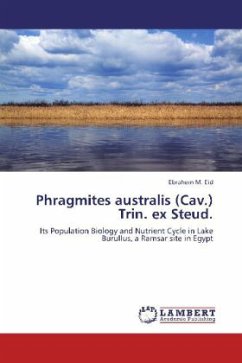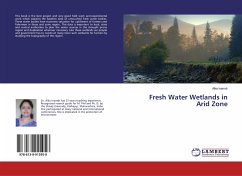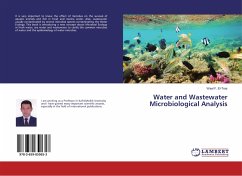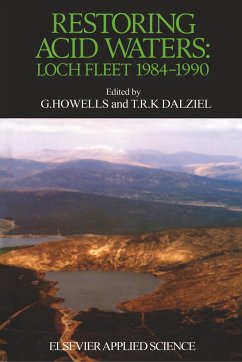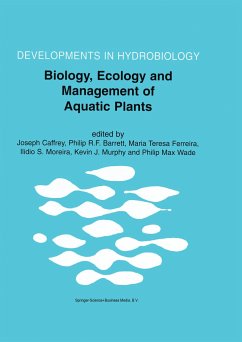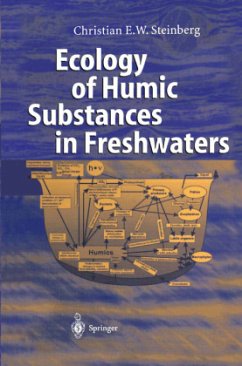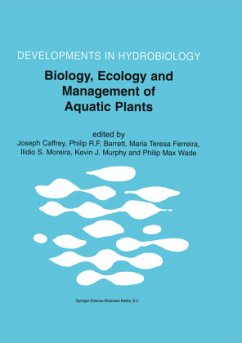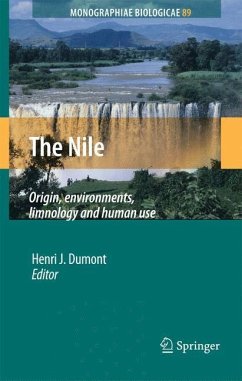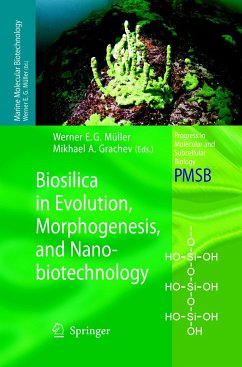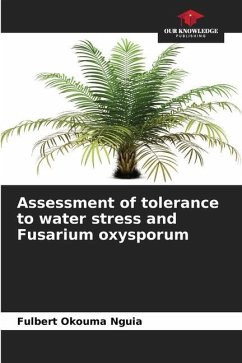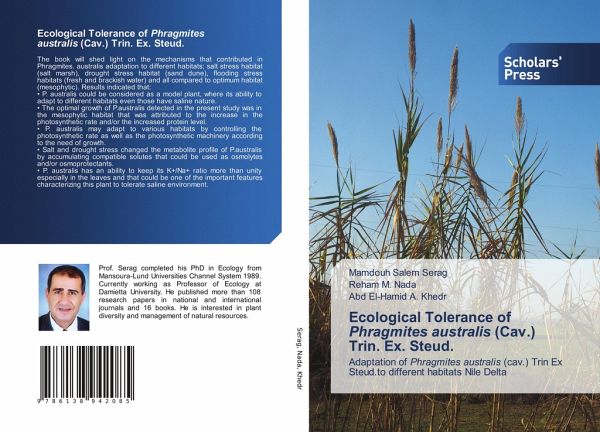
Ecological Tolerance of Phragmites australis (Cav.) Trin. Ex. Steud.
Adaptation of Phragmites australis (cav.) Trin Ex Steud.to different habitats Nile Delta
Versandkostenfrei!
Versandfertig in 6-10 Tagen
45,99 €
inkl. MwSt.

PAYBACK Punkte
23 °P sammeln!
The book will shed light on the mechanisms that contributed in Phragmites. australis adaptation to different habitats; salt stress habitat (salt marsh), drought stress habitat (sand dune), flooding stress habitats (fresh and brackish water) and all compared to optimum habitat (mesophytic). Results indicated that:- P. australis could be considered as a model plant, where its ability to adapt to different habitats even those have saline nature.- The optimal growth of P.australis detected in the present study was in the mesophytic habitat that was attributed to the increase in the photosynthetic ...
The book will shed light on the mechanisms that contributed in Phragmites. australis adaptation to different habitats; salt stress habitat (salt marsh), drought stress habitat (sand dune), flooding stress habitats (fresh and brackish water) and all compared to optimum habitat (mesophytic). Results indicated that:- P. australis could be considered as a model plant, where its ability to adapt to different habitats even those have saline nature.- The optimal growth of P.australis detected in the present study was in the mesophytic habitat that was attributed to the increase in the photosynthetic rate and/or the increased protein level. - P. australis may adapt to various habitats by controlling the photosynthetic rate as well as the photosynthetic machinery according to the need of growth.- Salt and drought stress changed the metabolite profile of P.australis by accumulating compatible solutes that could be used as osmolytes and/or osmoprotectants. - P. australis has an ability to keep its K+/Na+ ratio more than unity especially in the leaves and that could be one of the important features characterizing this plant to tolerate saline environment.



